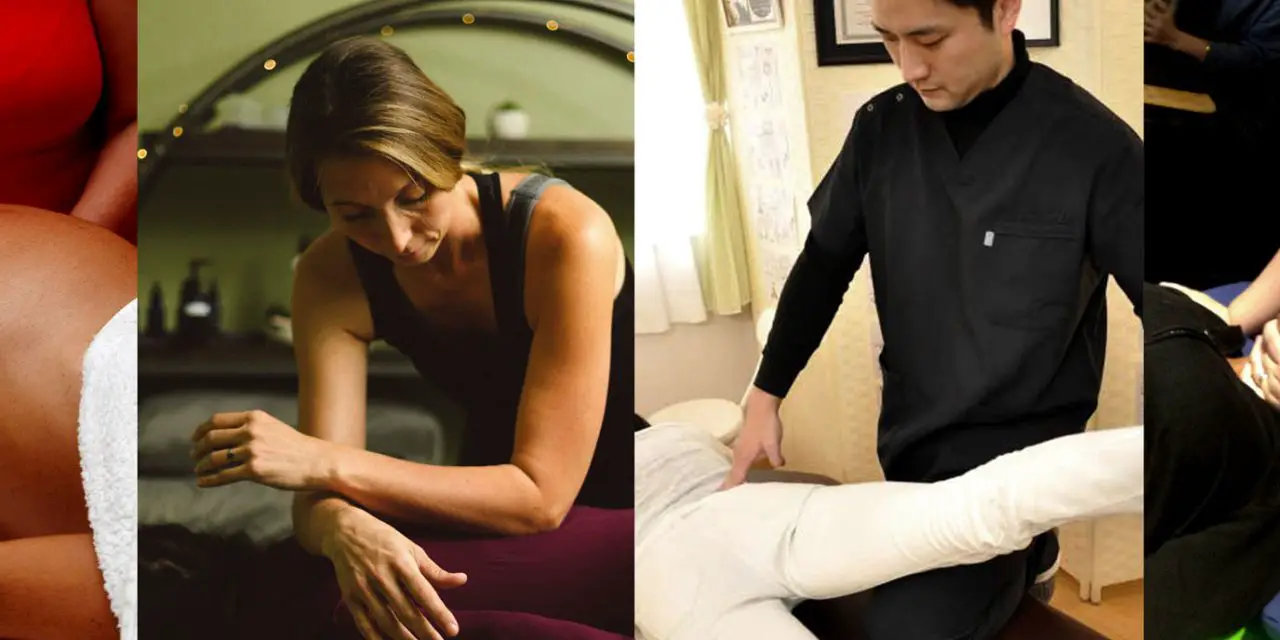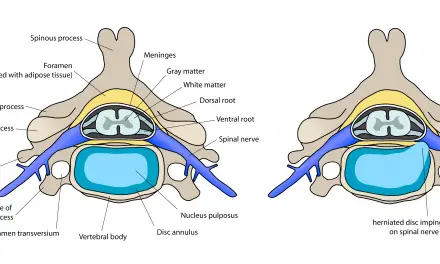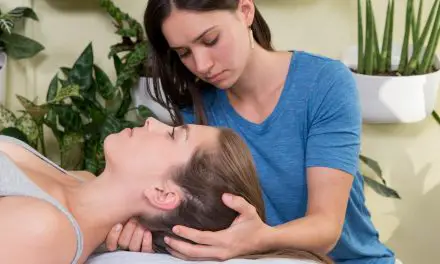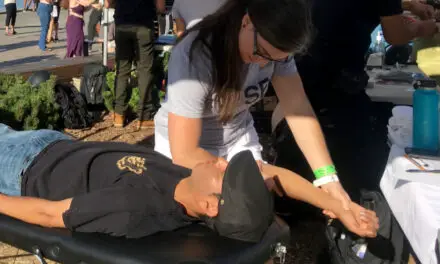There are likely more than 20 different types of massage in the world, but if you were to break them down to the basics, there are probably just less than ten—all involve some form of physical touch. But the type of massage you receive depends on what your intentions are, your health status, and prior experience.
For many people, massage just feels good, and the demand for massage therapy seems to be increasing—at least in the United States. The Bureau of Labor Statistics states that employment for massage therapy is expected to grow 32 percent from 2020 to 2030, which is an additional 46,500 jobs by the next decade.
Recognizing the different types of massage, including touch quality, purpose, history, and other little details, could make a big difference in your experience. Plus, scientific evidence about massage therapy, pain, and touch can help guide you to what massage can and cannot do.
Before you call to book an appointment, this list provides some common types that you would likely encounter.
1. Swedish massage
Swedish massage involves gliding strokes and gentle kneading for a full-body relaxing experience. The pressure can vary from skin-gliding light to firm and slow, often involving the entire body rather than just one body part.
It’s the “default” in most spas and private practices since many massage therapists in Western societies learn this technique early in their training.

A typical Swedish massage usually starts with an efleurrage that covers your back, shouldersn, and neck. (Photo by Zack Miller.)
Your massage therapist might use oil, lotion, or gel to reduce the friction during the massage, giving you that soothing sensation of pain relief.
Interestingly, despite that Swedish massage has Swedish roots, its founder Pehr Henrik Ling didn’t apply it much in his teachings when dealing with injuries. Instead, he emphasized exercise as a form of recovery rather than using massage.
2. Deep tissue massage
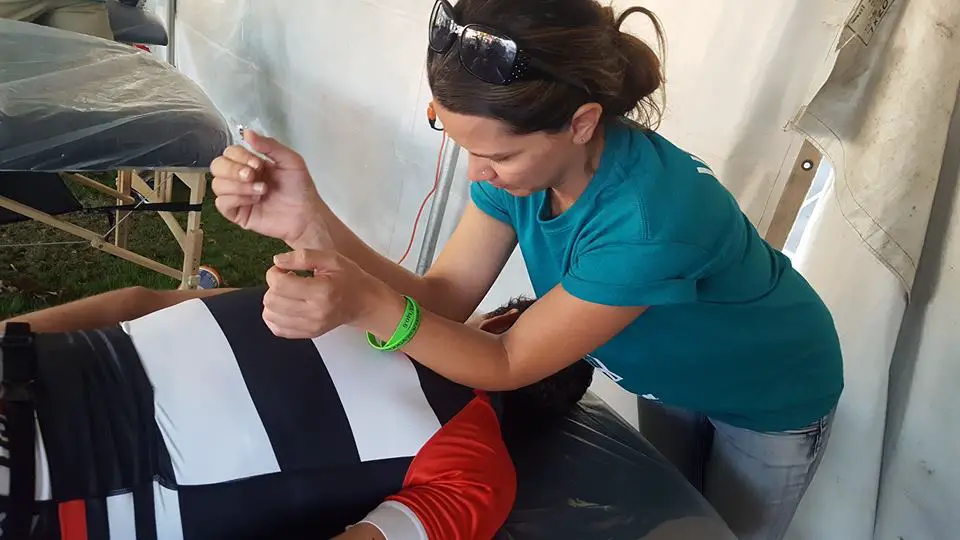
Photo courtesy of Virginia Lee, LMT.
Deep tissue massage is an umbrella term that includes various types of massage from different cultures, including shiatsu, Thai, and even Swedish.
Many spas and private practices offer deep tissue massage as a secondary option to Swedish massage as part of their list of services.
Contrary to the popular idea that deep tissue massage is “better” than Swedish or other types of massage to alleviate pain and muscle stiffness, deep tissue work can be painful and uncomfortable for some people if too much pressure is applied.
Your therapist might use their forearms, elbows, fist, fingers and thumbs, and even their palm to apply a sustained pressure over a sore spot.
Also, the relief you may get from a deep tissue massage is likely from changes to your nervous and endocrine systems as well as the your expectations and prior experience with massage. Descending modulation is part of the explanation of why you may get pain relief.
So, if you have a positive experience with deep tissue massage, then you’ll likely have another such experience in your next session compared to someone with a poor experience with deep tissue work.
3. Sports massage
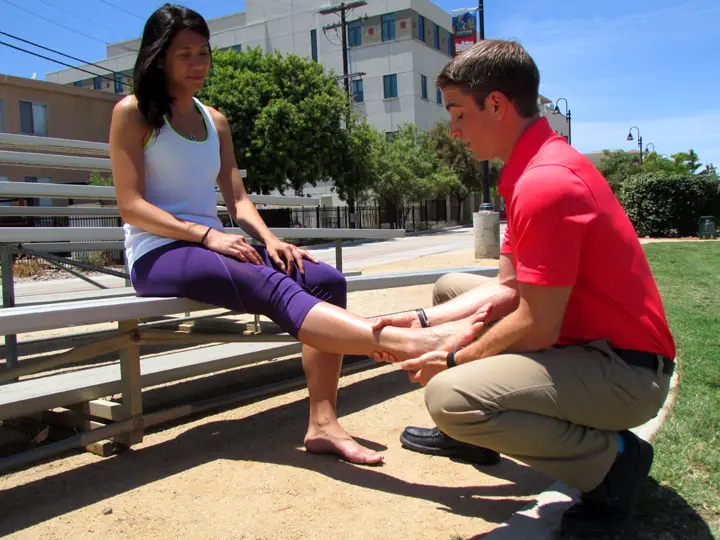
Photo: Nick Ng.
Sports massage is a mixed bag of different techniques, such as effleurage, petrissage, and cross-fiber strokes, that are very similar to the ones found in Swedish massage.
Sports massage doesn’t necessarily involve the therapist applying bone-deep pressure to your muscles that make you hiss in pain.
While there’s currently no consensus about what sports massage really means, most therapists agree that it involves more about the therapists’ knowledge of pain and injuries relating to athletes and how they communicate with them and their support team, such as their coach, family members, and teammates.
4. Pregnancy massage

Photo: fineart, 123rf.com.
What do you do when you have a headache or an achy back and you don’t want to take medications? A good pregnancy massage (or prenatal massage) may help relieve some of the pains and anxiety of pregnancy.
Like sports massage, prenatal massage has more to do with understanding the nature of a woman’s pregnancy and the problems she may be facing during her pregnancy than doing a “special” technique.
Of course, the therapist should know how to drape, use various tools (e.g. pregnancy bolster, pregnancy pillows) to help make the client comfortable, and communicate with her during the session.
5. Aromatherapy massage

Lavender plant. (Photo by Riley, distributed under the Creative Commons Attribution 3.0 Unported license.)
Aromatherapy massage uses scented, plant-based oils, creams, or lotions with massage therapy, such as Swedish or lomi lomi massage. Some of these herbs have medicinal properties. For example, lavender may alleviate symptoms of anxiety and suppress aggression while eucalyptus may reduce pain and other symptoms of nerve damage.
However, aromatherapy massage do carry some risks because some people may develop skin or respiratory allergies. Some research have found more severe side effects, such as tachycardia, diarrhea, and convulsions. Always check with your massage therapist and your doctor before you include aromatherapy in your massage session.
6. Reflexology
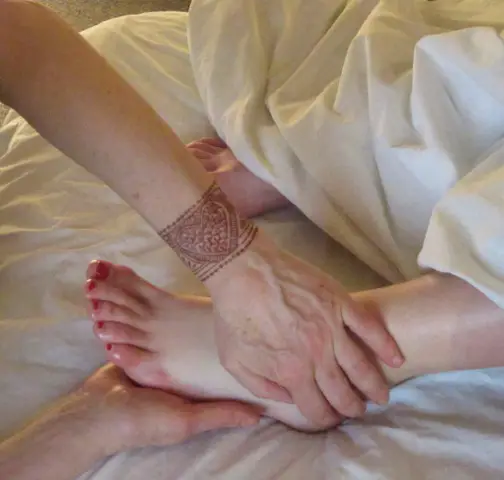
Photo: Alice Sanvito.
Reflexology is basically a foot massage that has a typical narrative of “points” or “zones” in the foot that somehow correspond to different internal organs (e.g. liver, stomach, spleen) or other parts of the body and face (e.g. jaw, temples, lower back).
By pressing upon these areas, proponents of reflexology claim that it can help reduce pain, “improve function,” or bring “balance” to the body. These narratives may vary among cultures that use foot massage as a way to alleviate pain and promote relaxation.
While there’s no good-quality evidence to support these claims, most people would agree that getting your feet touched feels good, regardless of what you might believe.
7. Trigger point therapy
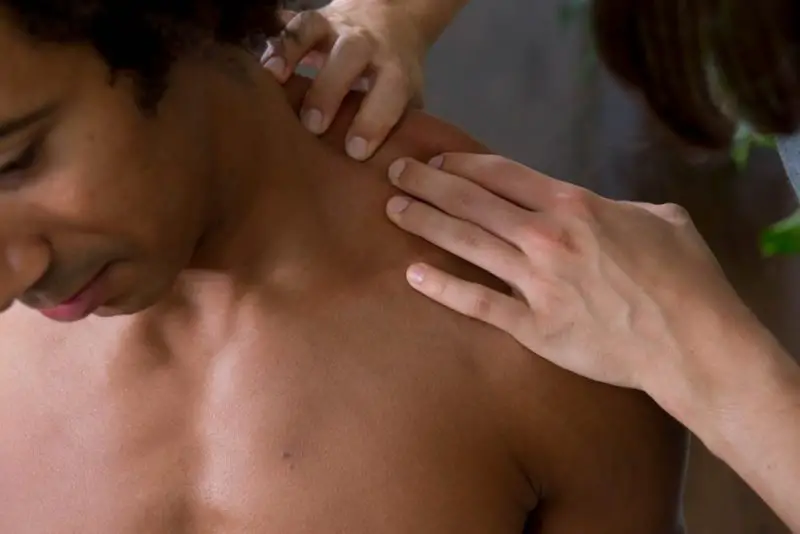
Photo by Marie Zahn.
Trigger point therapy often consists of pushing, squeezing, or compressing over an area that feels tight or painful. The massage therapist would likely use their thumbs and fingers to perform such strokes in a repetitive way.
Trigger point therapy is based on the idea that there are “sore spots” or “trigger points” that are distributed throughout your body within your muscle tissues. However, the existence of such trigger points are highly debated, even among trigger point proponents, despite having more than 20 years of research.
While pressing directly into the muscle tissue through the skin can sometimes alleviate discomfort, the pain relief that you might get may have more to do with how your nervous system perceives the touch, your expectations, and factors other than the actual therapy itself.
8. Chair massage
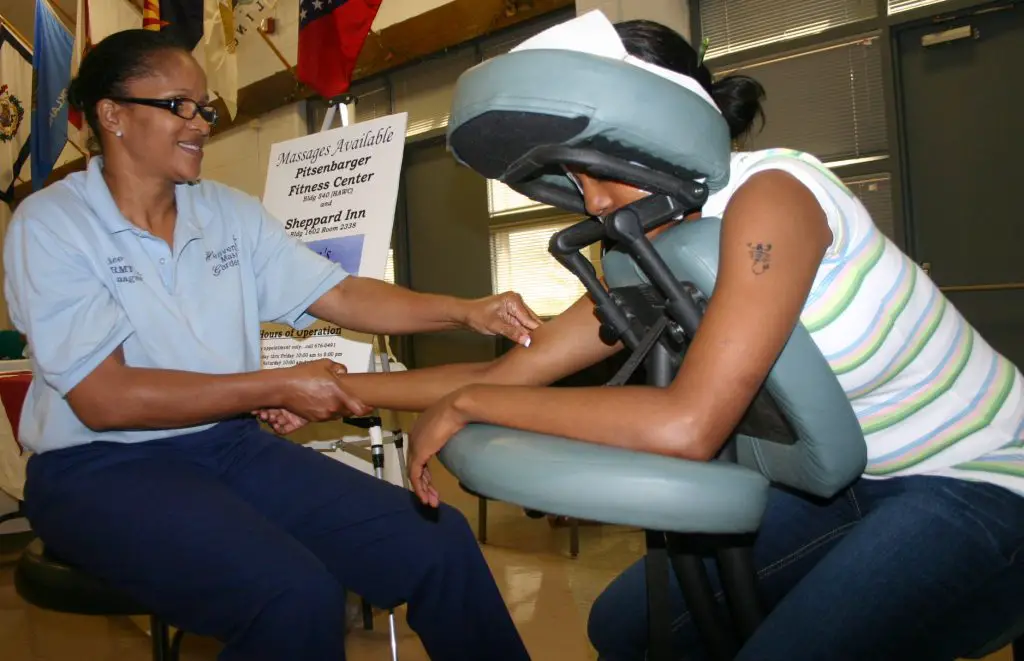
Janice Lacey, owner and operator of Heaven’s Massage Garden, gives dependent Kimberly Brown a free massage during the Military Spouse Appreciation celebration at the Community Activities Center May 11, 2007. (U.S. Air Force photo/Staff Sgt. Tonnette Thompson)
Chair massage is like the appetizer of the massage menu. It’s more accessible and affordable from some people, and it provides an important way for many massage therapists to gain exposure to new clients.
The therapist would likely use very little or no oil or lotion because chair massage is done with clothes on. They would also likely use a variety of techniques for your specific needs.
You can keep your clothes on, keep any messy oil off, and maybe even share the experience with some friends or coworkers.
You can fit it in on a lunch break or while waiting at an airport. If you’re new to massage therapy, a chair massage is an affordable introduction.
9. Pediatric Massage

It’s okay to massage an infant as long as the caregiver or parent understands what they should and shouldn’t do. (Photo by William Fortunado.)
Massage therapy is good for most kids and teens, providing that they receive the quality level of care as adults. Pediatric massage emphasizes on how massage therapists communicate with their young clients or patients and their parents or caregivers and the quality of touch
Therapists should also be familiar with common symptoms of ailments that most children have, such as abdominal pain, headaches, and restlessness.
Pediatric massage may help kids with specific health issues, such as improving lung function in some children suffering from asthma by decreasing certain types of lipids, such as platelet-activating factors and prostaglandins, which cause inflammation.
Like adults, massage can also decrease various types of pain, anxiety, and symptoms relating to cancer and migraines in children and teens.
While there’s no federal or local requirements in the U.S. and Canada that mandate massage therapists to be trained in working with minors, they should pursue continuing education that is relevant to work with this population. These can found in private companies (e.g. Liddle Kidz®) or in university and hospital settings.
10. Lymphatic drainage massage (MLD)
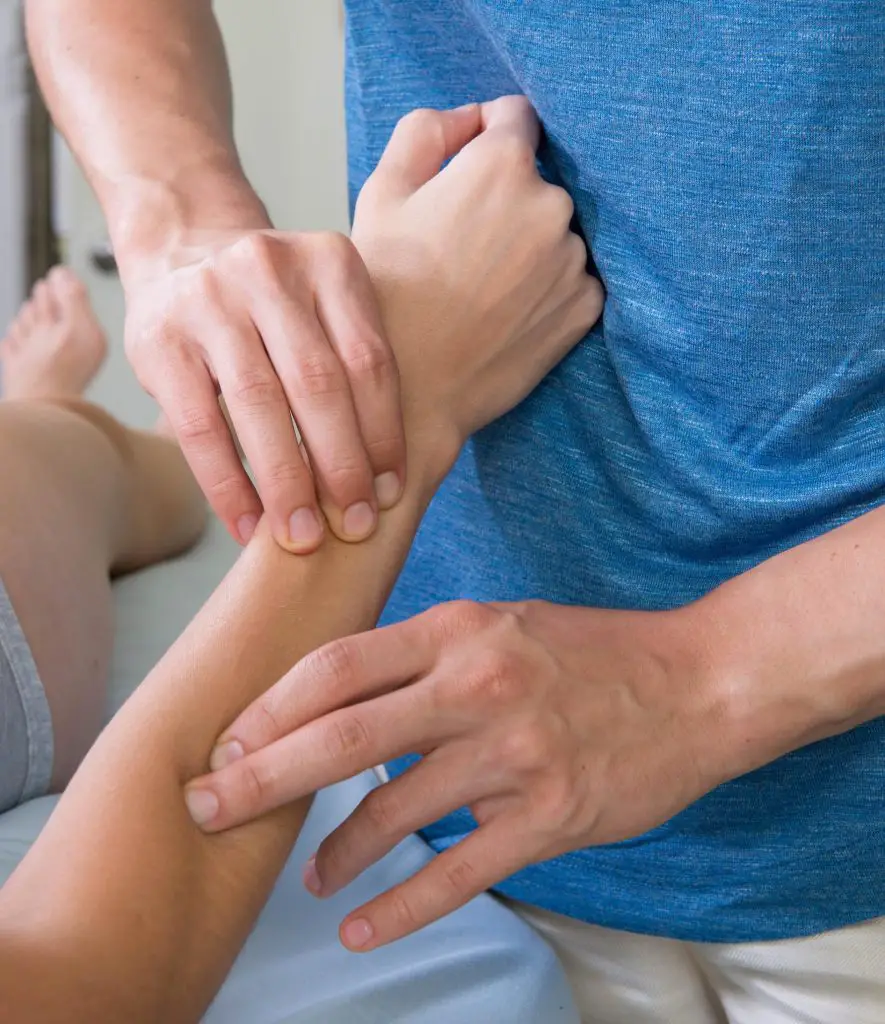
Photo by Marie Zahn
Lymphatic drainage massage, or manual lymph drainage (MLD) is based on the idea that congested lymph nodes in an area of your body can be “cleared out” by performing a series of rhythmic, compressive strokes along lymph vessels.
There’s also some scientific support for using MLD to reduce edema for those with lymphedema and breast cancer survivors who had just gone through surgery, but as a stand-alone treatment, there’s no hard evidence to support that.
MLD practitioners claim that it can reduce edema, swelling, and/or inflammation from lymphatic disorders or trauma to the body.
But none of these claims are supported well by current scientific research since how people recover or manage lymphedema are based on many factors, including lifestyle, genetics, and other treatments.
High bias in research can also affect how the research is conducted and reported, which may skew what is really going on with lympthatic drainage massage and lymphedema.
11. Lomi lomi massage
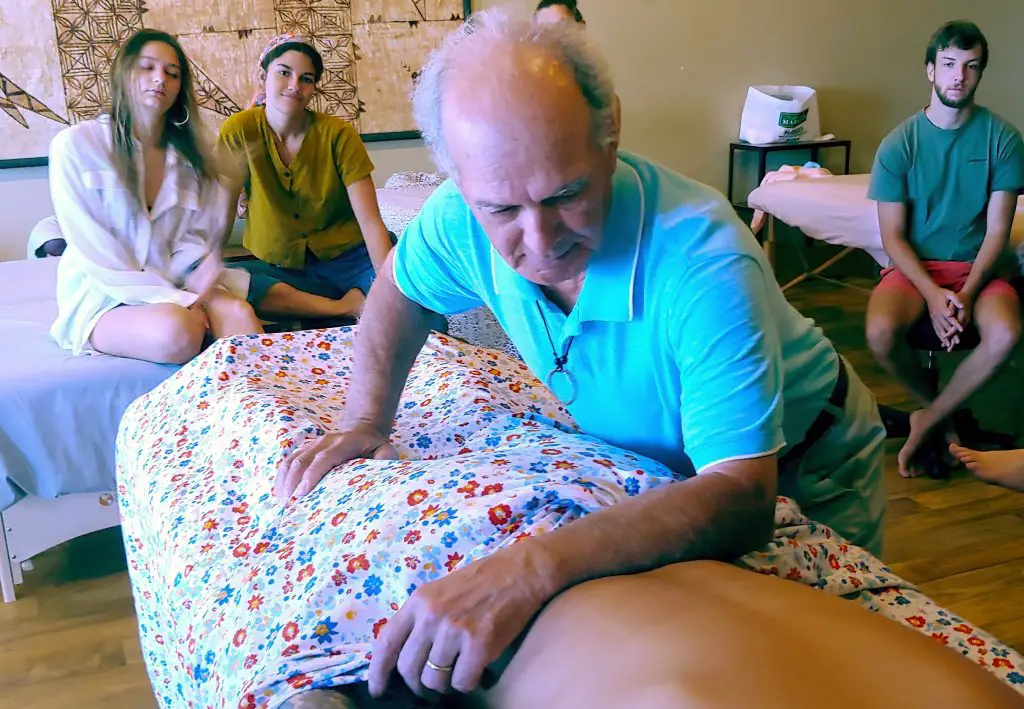
Kumu Maka’ala Yates demonstrates a lomi lomi massage technique in one of his classes in Scottsdale, Ariz. (Photo courtesy of Maka’ala Yates.)
While lomi lomi massage is well-known for its long strokes on the body with the practitioner’s forearms, it is a traditional Hawaiian healing and spiritual practice that has undergone many changes since Christian missionaries conquered and westernized Hawaiian culture in the early 1800s.
Traditionally, lomi lomi involves prayers and chants, massage, herbology, exercise/dance, and lineage from different teachers (kumus).
It’s also known for its kua lua, or back walking, which allows practitioners to apply deeper pressure without using their hands.
In the U.S., you can learn lomi lomi massage from many Hawaiians and non-Hawaiians who have trained with a kumu, but it’s likely that you’d be learning a style of lomi lomi based on what the teacher had learned, not the traditional way that Hawaiians did for centuries before Americans and Europeans arrived.
“If someone wants to learn the ‘real deal,’ I don’t know anyone because they’re all gone,” said Maka’ala Yates, who teaches at Mani Lomi in Scottsdale, Ariz. “The ones who are teaching are all young.”
The COVID-19 pandemic has increased the demand for massage therapy after a setback from the early seasons of the pandemic in 2020. Some people who have been quarantined in their homes or are recovering from long COVID may be starving for human touch. Knowing the type of massage that you want can help you communicate with your practitioner and choose the best one for you.
Nick Ng is the editor of Massage & Fitness Magazine and the managing editor for My Neighborhood News Network.
An alumni from San Diego State University with a bachelor’s in graphic communications, Nick also completed his massage therapy training at International Professional School of Bodywork in San Diego in 2014. In 2021, he earned an associate degree in journalism at Palomar College.
When he gets a chance, he enjoys weightlifting at the gym, salsa dancing, and exploring new areas in the Puget Sound area in Washington state.

